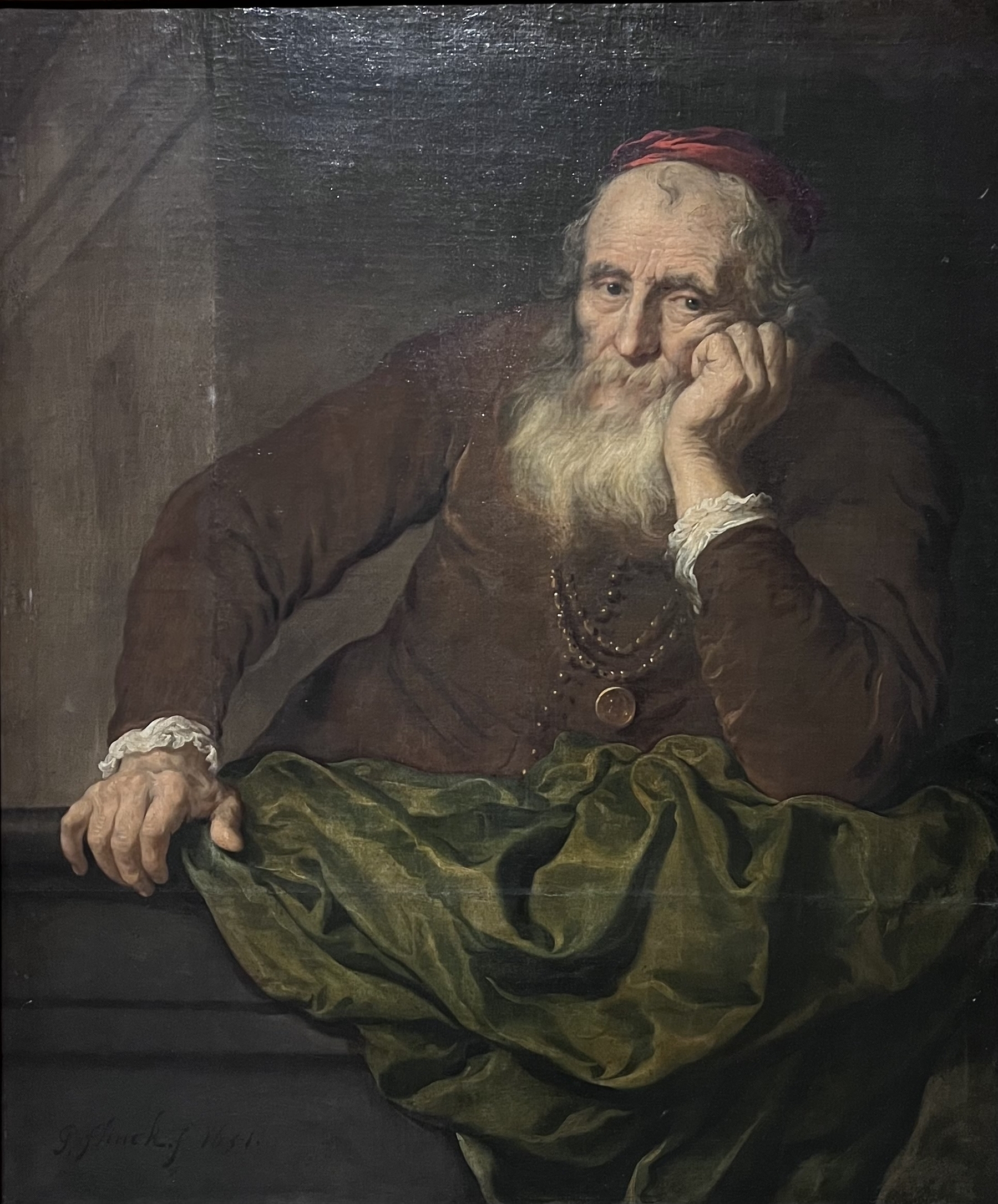“Before 1914 the critics and scholars of Central Europe were particularly free of national bias. They wrote about past and present art with such zeal and sympathy as to diffuse an atmosphere akin to that of the cosmopolitan 18C. It contributed to the mood of joy in creation and appreciation that made later comers look back on those years as a belle époque. Artists traveled freely – no passports or visas – many to Paris, where they might stay for a time, because the excitement there was the hottest; and, when back in Berlin, Vienna, Prague, or St. Petersburg, they merged their newfound inspirations with local influences and independent innovations. [The book to read is The World of Yesterday by Stefan Zweig.]” (Jacques Barzun, From Dawn to Decadence)
From Nietzsche’s Human, All Too Human (tr. Hollingdale):
More respect for those who know! – Given the present competitive nature of selling, the public is necessarily the judge of the product of work: but the public has no particular specialist knowledge and judges according to the appearance of quality. As a consequence, the art of producing an appearance (and perhaps that of developing taste) is bound to be enhanced, and the quality of the product to decline, under the dominance of the competitive market. Consequently, if we are to continue to be reasonable we shall at some time have to put an end to this competitive market and replace it with a different principle. Only the skilled producer of the product ought to be the judge of the product, and the public ought to rely on their faith in him and his integrity. Therefore, no anonymous work! At the very least a knowledgeable expert in the product would have to be at hand as guarantor and place his name upon it if the name of its originator was unavailable or without significance. The cheapness of a product is another way of deceiving the layman, inasmuch as it is only durability that can determine whether or not a thing is cheap; but that is hard to assess, and for the layman impossible. – From all of which it follows that what is attractive to the eye and costs little now commands the market – and that can, of course, only be the product of the machine. For its part, again, the machine – that is to say, the means of great rapidity and facility of production – also favours the most saleable type of product; otherwise there is no great gain to be made from it; it would be too little used and too often silent. But what is most saleable is, as aforesaid, decided by the public: it will be the most deceptive product, that is to say that which appears to be of good quality and also appears to be cheap. Thus in this domain of work too our watchword must be: “More respect for those who know!”
Fin-De-Siècle Vienna Reading List:
- Fin-De-Siècle Vienna by Carl E. Schorske
- Thinking with History by Carl E. Schorske
- The World of Yesterday by Stefan Zweig
- Wittgenstein’s Vienna by Allan Janik and Stephen Toulmin
- Rock Crystal by Adalbert Stifter
- Indian Summer by Adalbert Stifter
- For Browsing: Ver Sacrum
From Thinking with History by Carl E. Schorske:
I avoided a history major, which I felt would tie me down. Instead, I enrolled in Columbia’s two-year humanities Colloquium, which allowed one to construct one’s own program. Colloquium was centered in great books seminars conceived in a more classical spirit than usual in the university’s prevailing pragmatist culture. The seminars were team-taught by truly outstanding young faculty members, such as Moses Hadas and Theodoric Westbrook, Lionel Trilling and Jacques Barzun. Watching their play of minds on the texts awoke in me for the first time a sense of the sheer intellectual delight of ideas.
The thought of an academic vocation, however, was slow in coming. Actually, I aspired to a career in singing, which I had studied since high-school days. By my junior year, the sad truth grew upon me that my voice simply had not the quality to support a career in Lieder and the kind of Mozart roles I dreamt of. In the same year, I enrolled in young Jacques Barzun’s course in nineteenth-century intellectual history. Barzun simply overwhelmed his few students with the range of the subject and the brilliance of his exploration of it. At work on his biography of Hector Berlioz, Barzun injected much musical material into his course. While I shared with my classmates the exciting experience that this course turned out to be, I drew one rather personal conclusion from it: intellectual history was a field in which my two principal extra-academic interests – music and politics – could be studied not in their usual isolation, but in their relationship under the ordinance of time. I was ready to pursue it.
From Fin-De-Siècle Vienna: Politics and Culture by Carl E. Schorske:
The Jewish state as he conceived it in his pamphlet of the same name had no trace of Jewish character. There would be no common language – certainly not Hebrew. “After all, we can’t speak Hebrew with each other. Who among us knows enough Hebrew to ask for a railway ticket in that language? That word doesn’t exist.” The new state would have a “linguistic federalism,” in which each would speak the language he still loves, that of “our fatherlands, from which we were forced out.” Only Yiddish, “the crippled and repressed ghetto language,” “the purloined tongue of prisoners,” would be abandoned. The hallmark of indignity must not survive in a cultivated cosmopolitan’s paradise. Religion, too, would be kept in its place. “Theocratic archaisms [Velleitäten]” of the clergy would not arise. “Faith holds us together, science makes us free.” The clergy, while honored, would be confined to their temples like the army to the barracks, lest they cause trouble to a state committed to free thought. In all its features, Herzl’s promised land was in fact not a Jewish utopia but a liberal one. The dreams of assimilation which could not be realized in Europe would be realized in Zion, where Jews would have the nobility and honor of which Herzl had dreamed since his youth.
New at IWP Books: Times and Tendencies (1931) by Agnes Repplier.
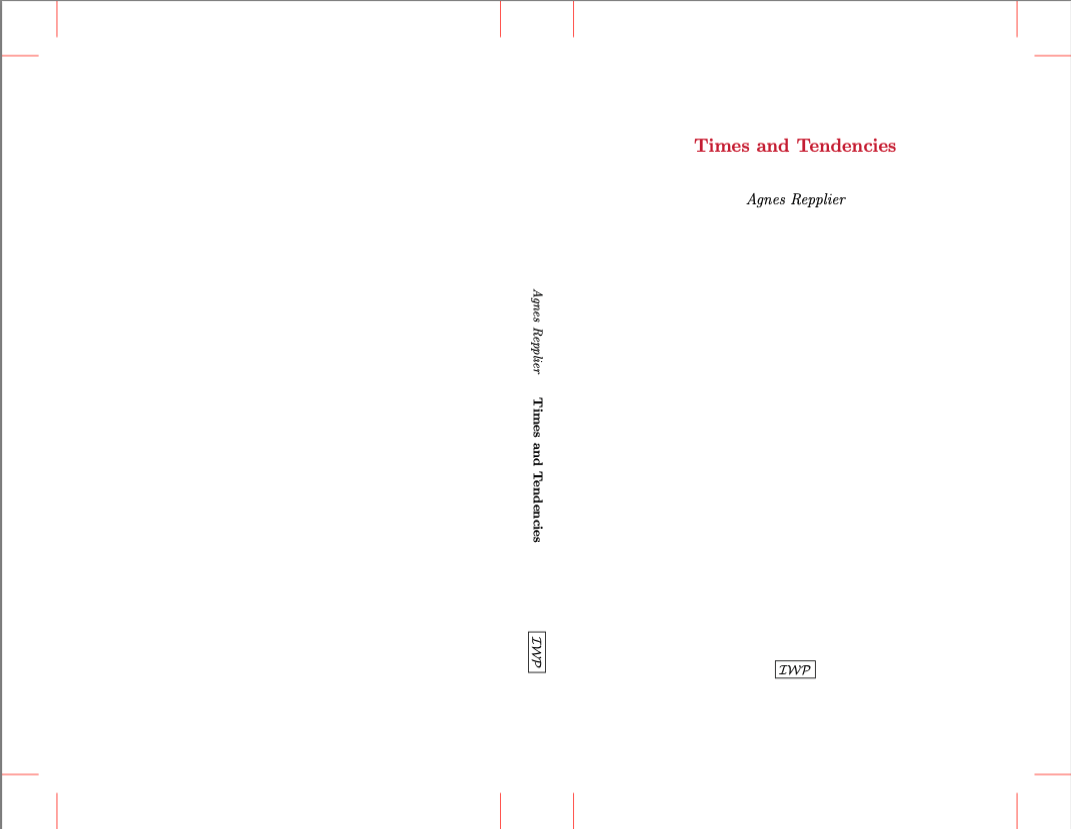
Ver Sacrum, Online at the Belvedere Library.
Recommended: Ver Sacrum: The Vienna Secession Art Magazine 1898–1903.
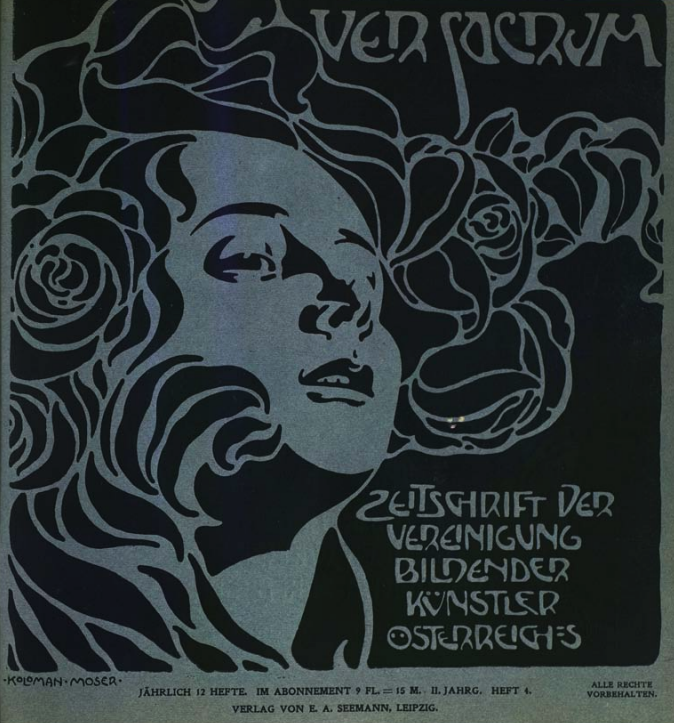
Brief to Anton Peschka (1917), by Egon Schiele, Leopold Museum, Vienna.
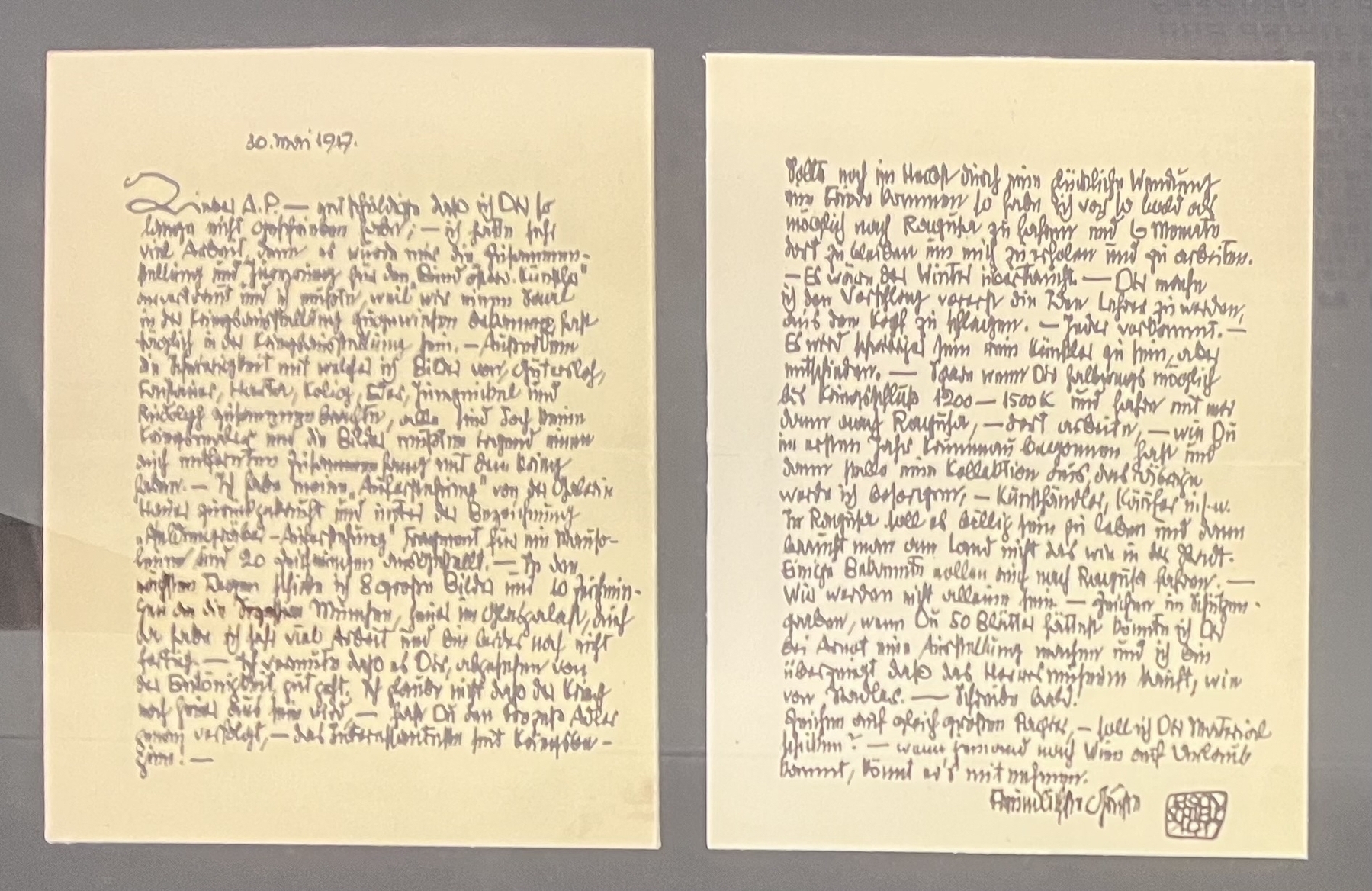
Still Life with Books (1916) by Egon Schiele, Leopold Museum, Vienna.
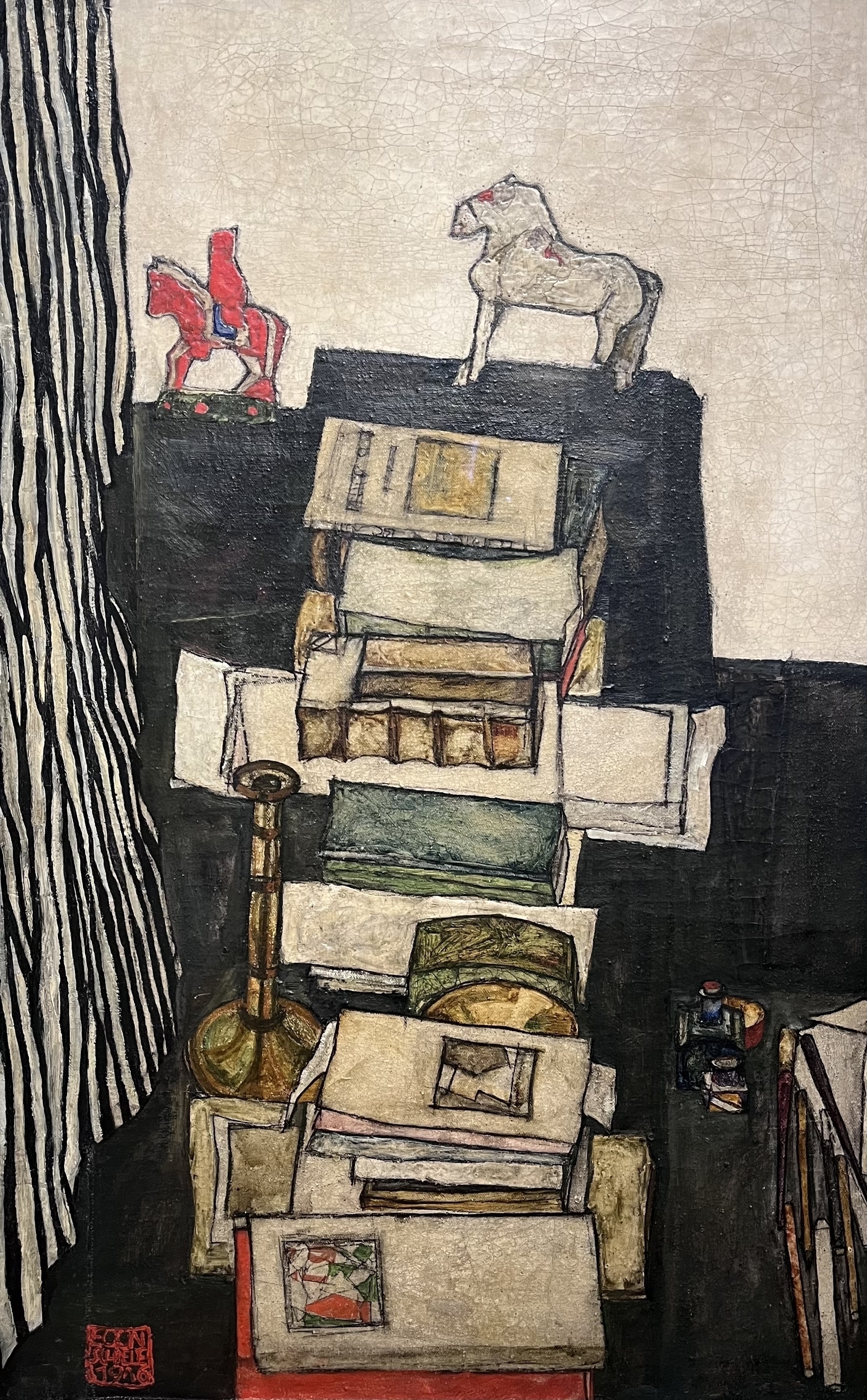
Print for Ver Sacrum Cover (1899) by Koloman Moser, Leopold Museum, Vienna.
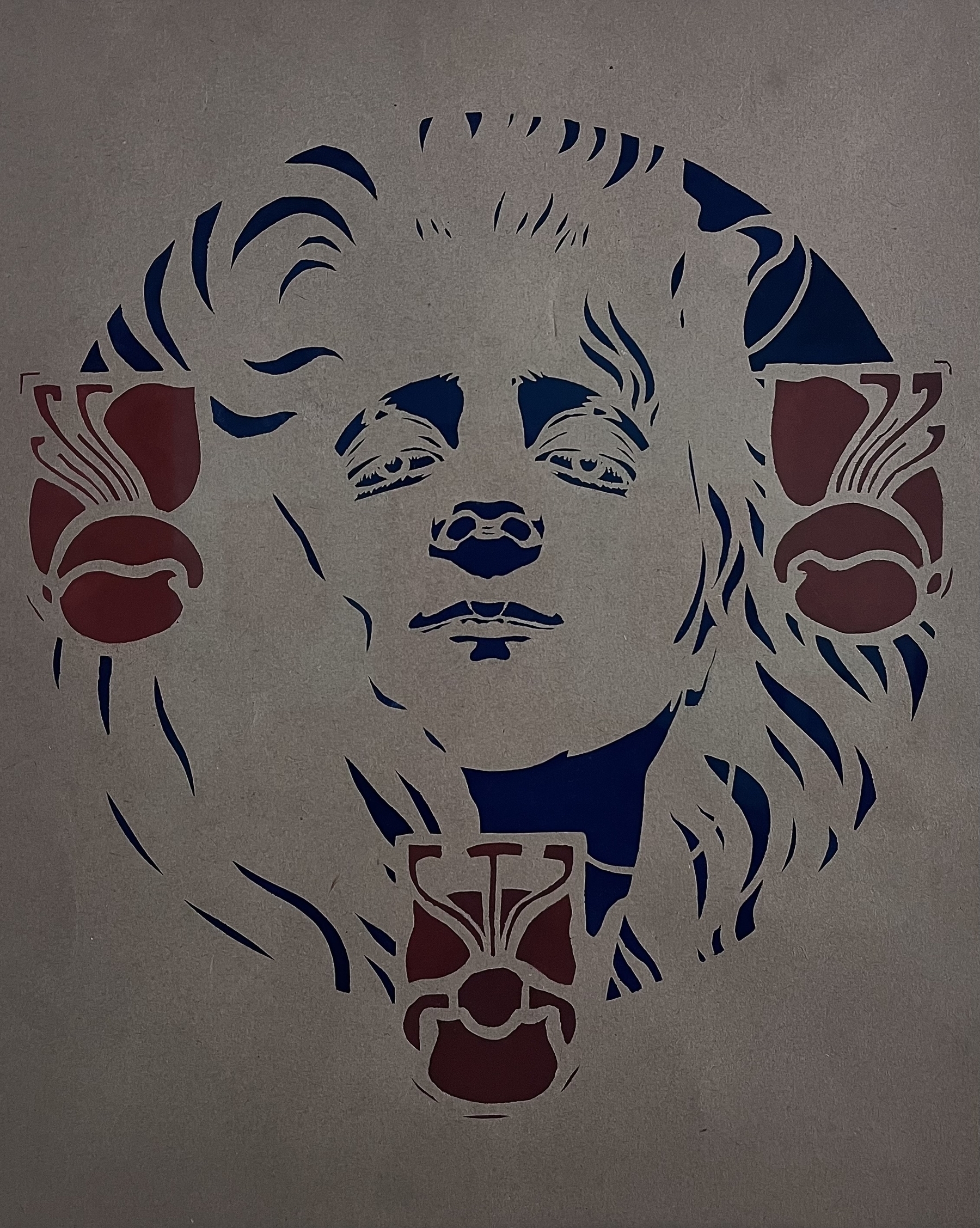
Calendar 1906, School of Arts and Sciences, Leopold Museum, Vienna.
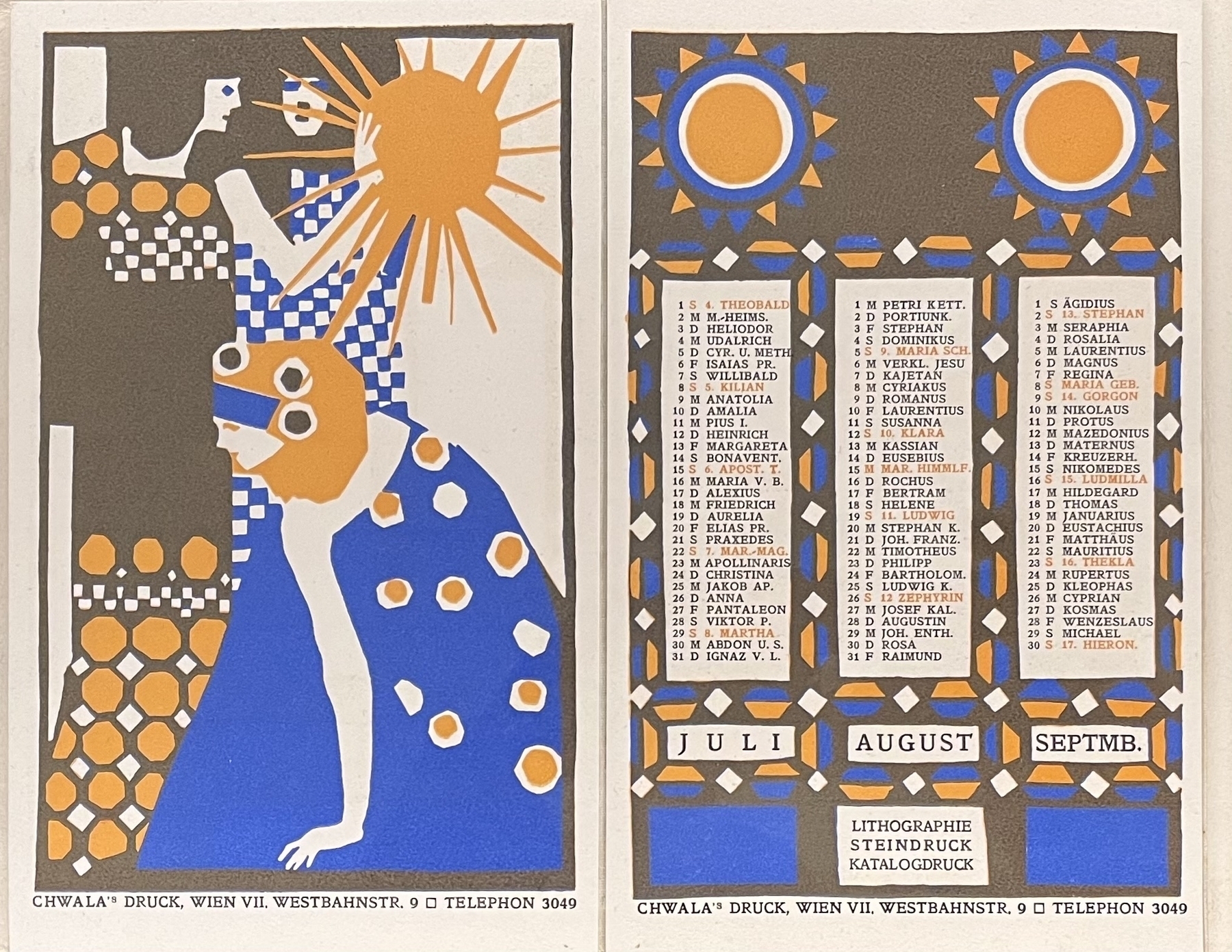
Death and Life (1910/1911) by Gustav Klimt, Leopold Museum, Vienna.

From the September 1899 Issue of Ver Sacrum, Leopold Museum, Vienna.

From the September 1899 Issue of Ver Sacrum, Leopold Museum, Vienna.

Study for Juliet (c. 1886) by Gustav Klimt, Leopold Museum, Vienna.

Compositional Study (Undated) by Egon Schiele, Leopold Museum, Vienna.

Procession to Calvary (1564) by Pieter Bruegel, KHM, Vienna.
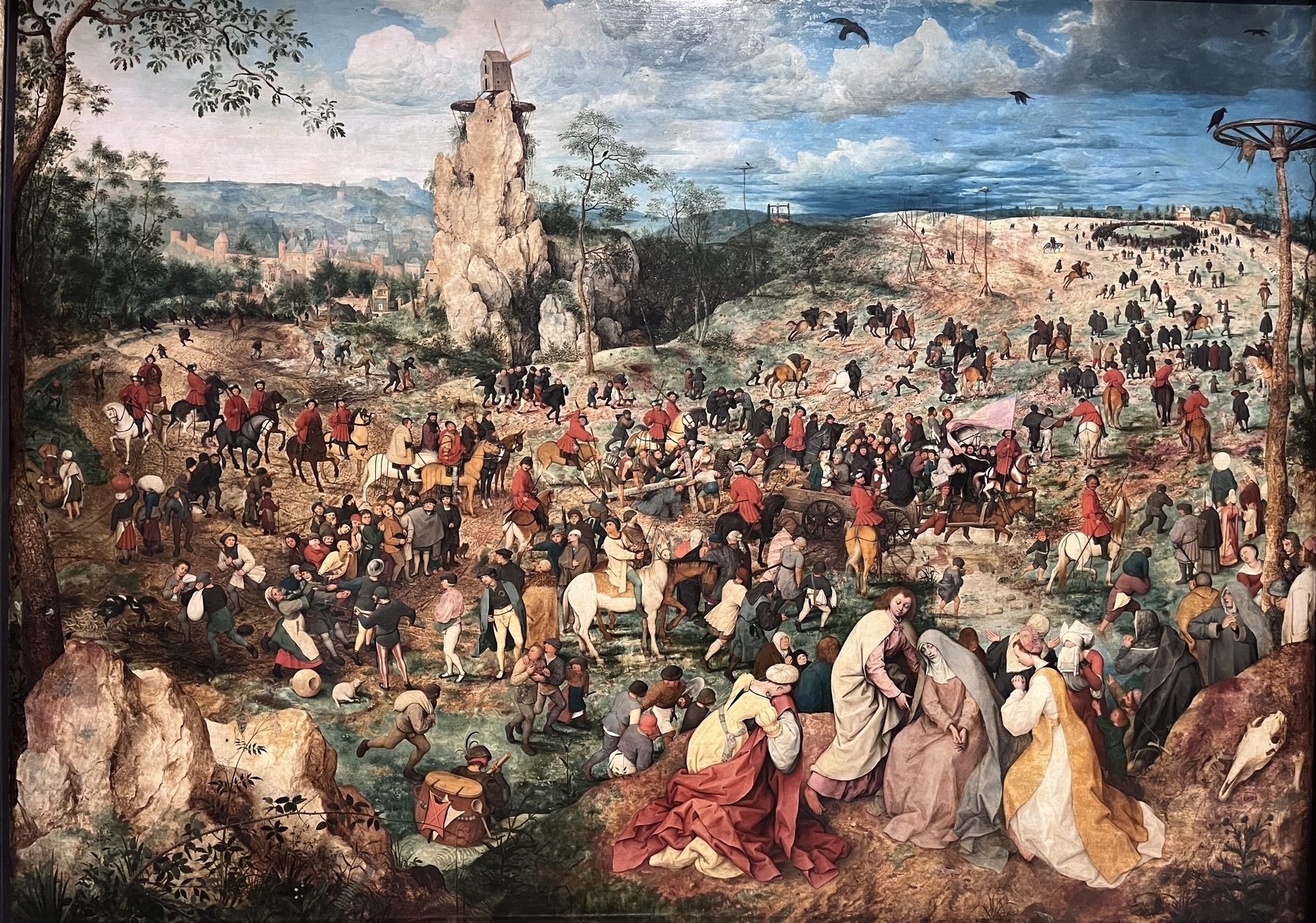
The Return of the Herd (1565) by Pieter Bruegel, KHM, Vienna.
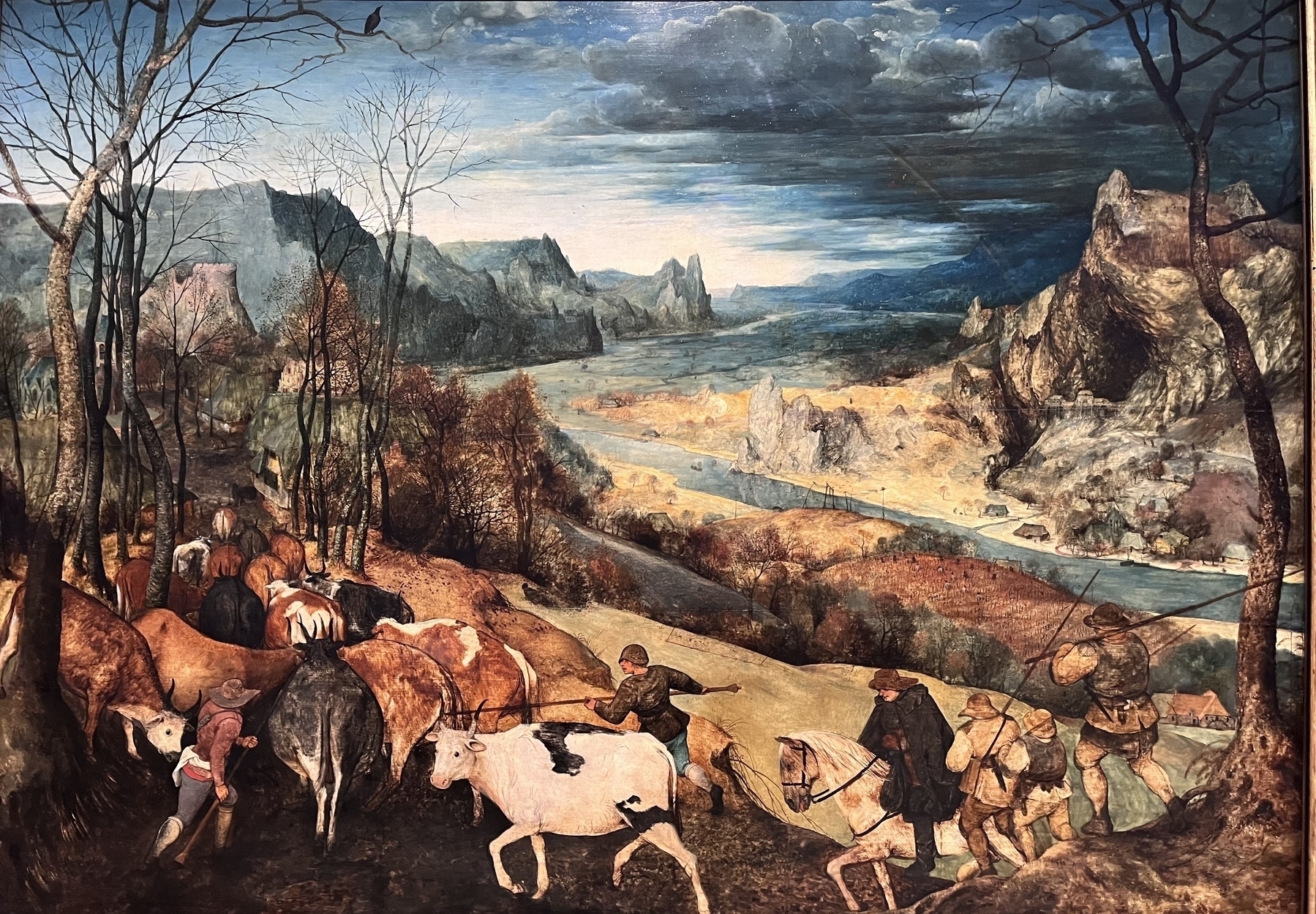
Hunters in the Snow (1565) by Pieter Bruegel, KHM, Vienna.
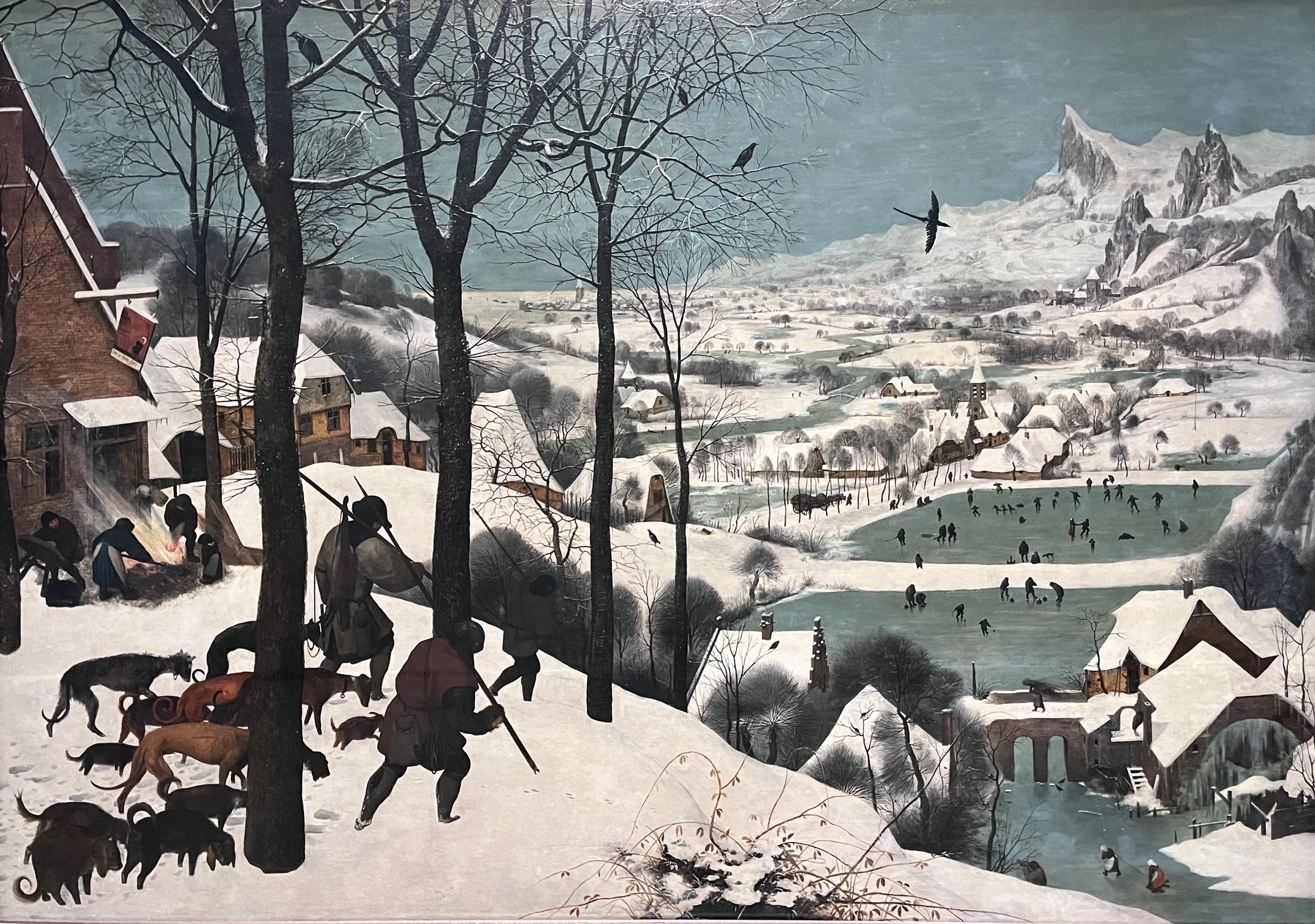
Peasant Wedding (1568) by Pieter Bruegel, KHM, Vienna.
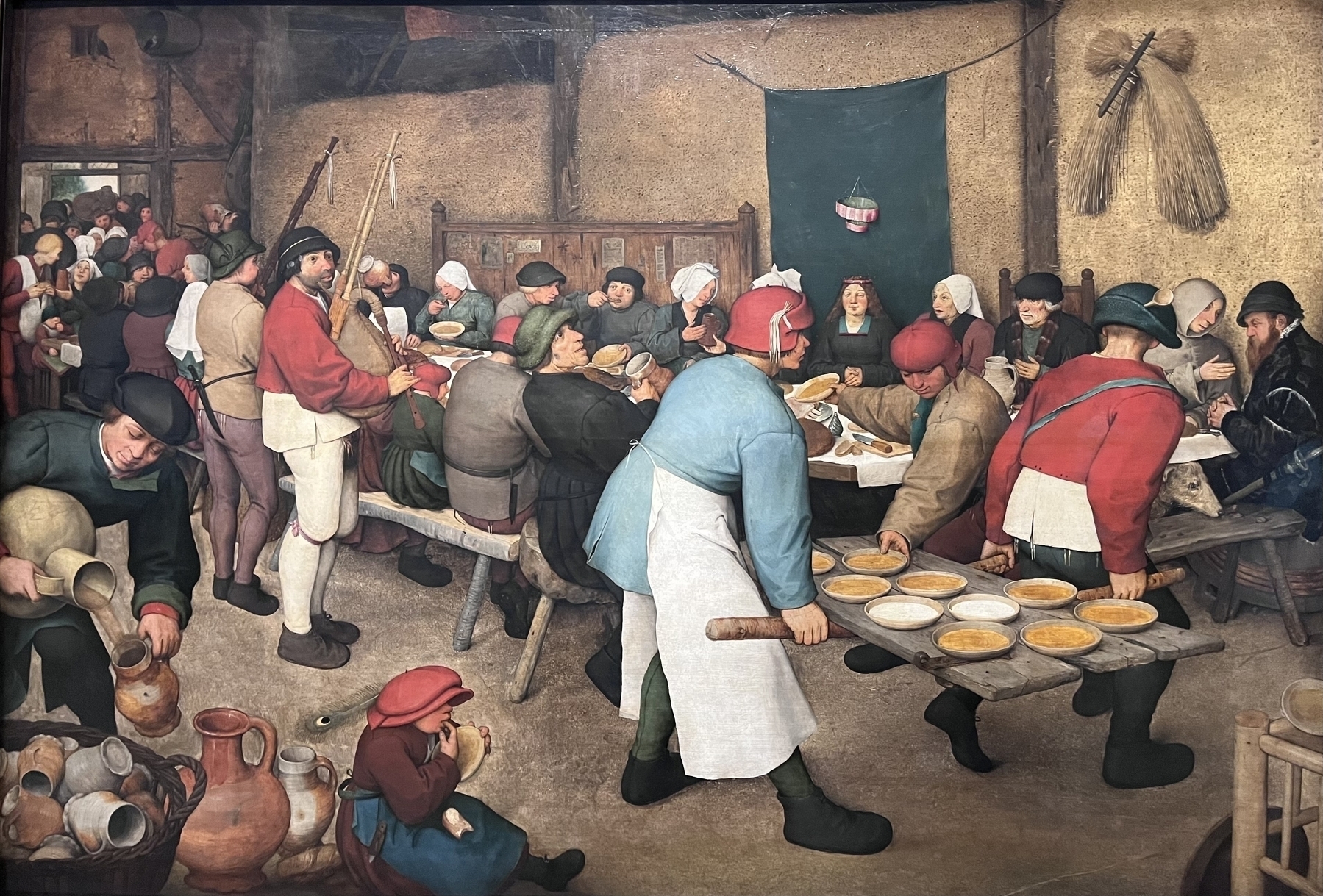
Peasant Dance (1568) by Pieter Bruegel, KHM, Vienna.

The Massacre of the Innocents (1569) by Pieter Bruegel, KHM, Vienna.
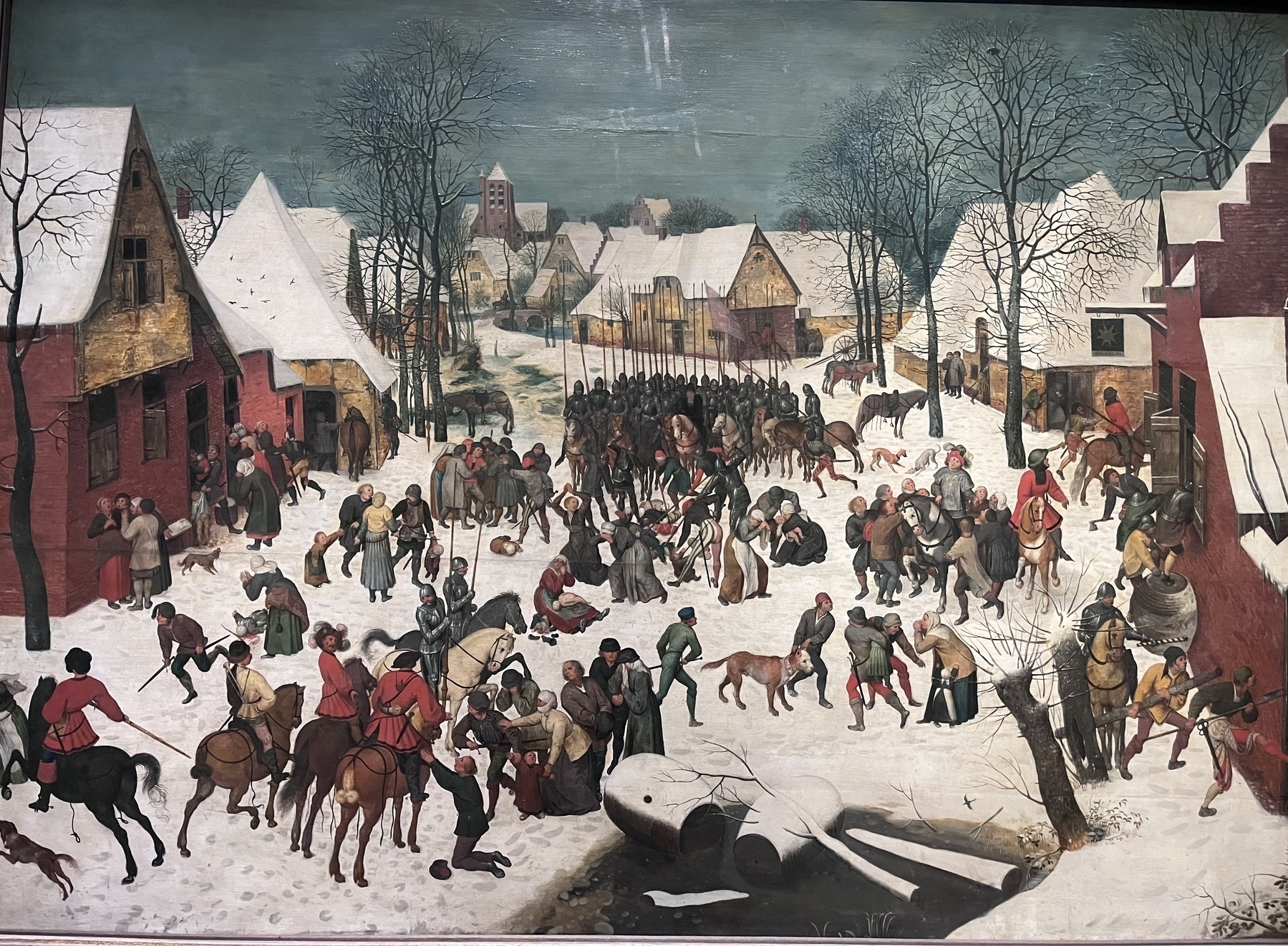
The Tower of Babel (1563) by Pieter Bruegel, KHM, Vienna.
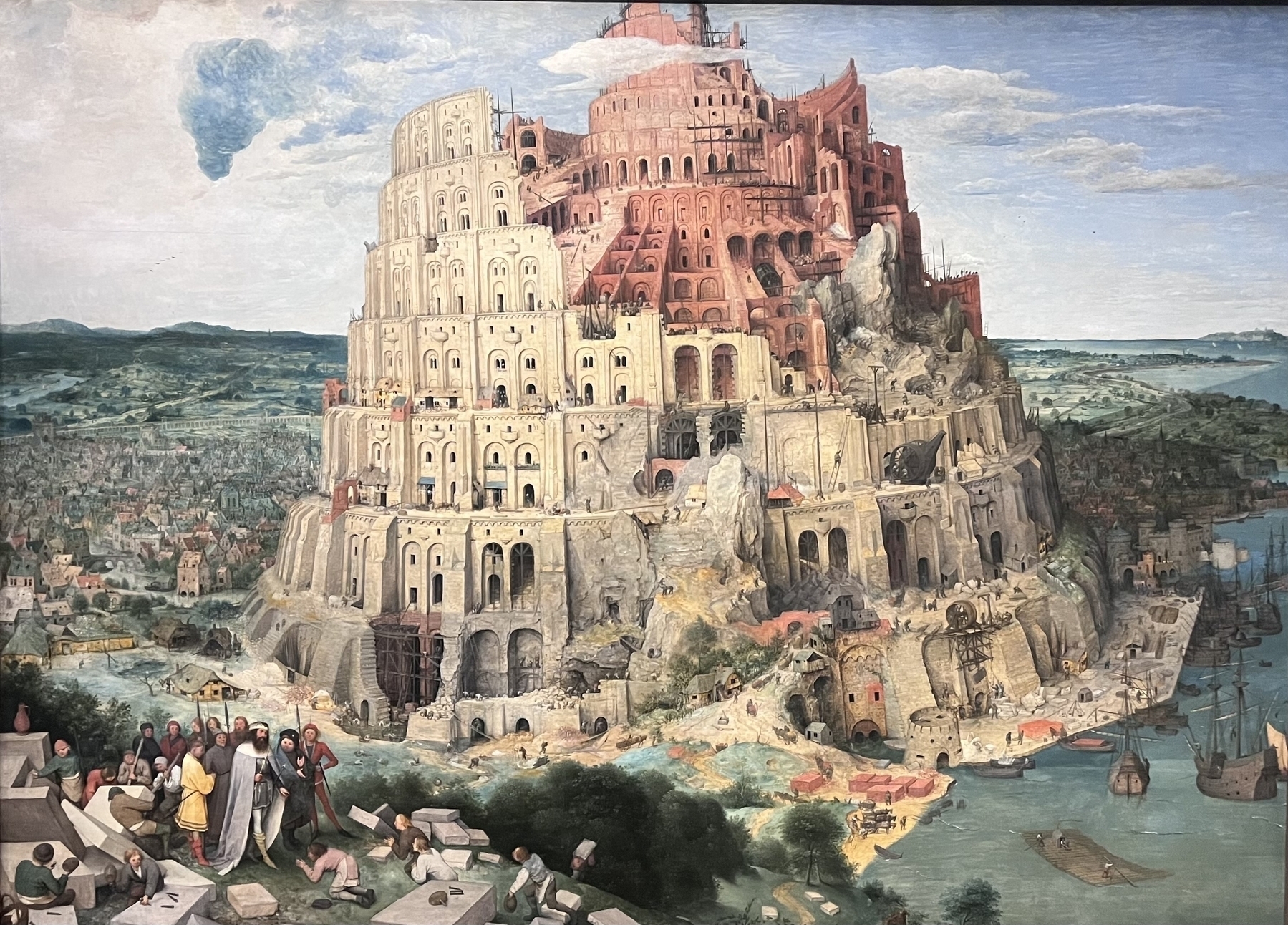
The Torment of the Ten Thousand Christians (1508) by Albrecht Dürer, KHM, Vienna.
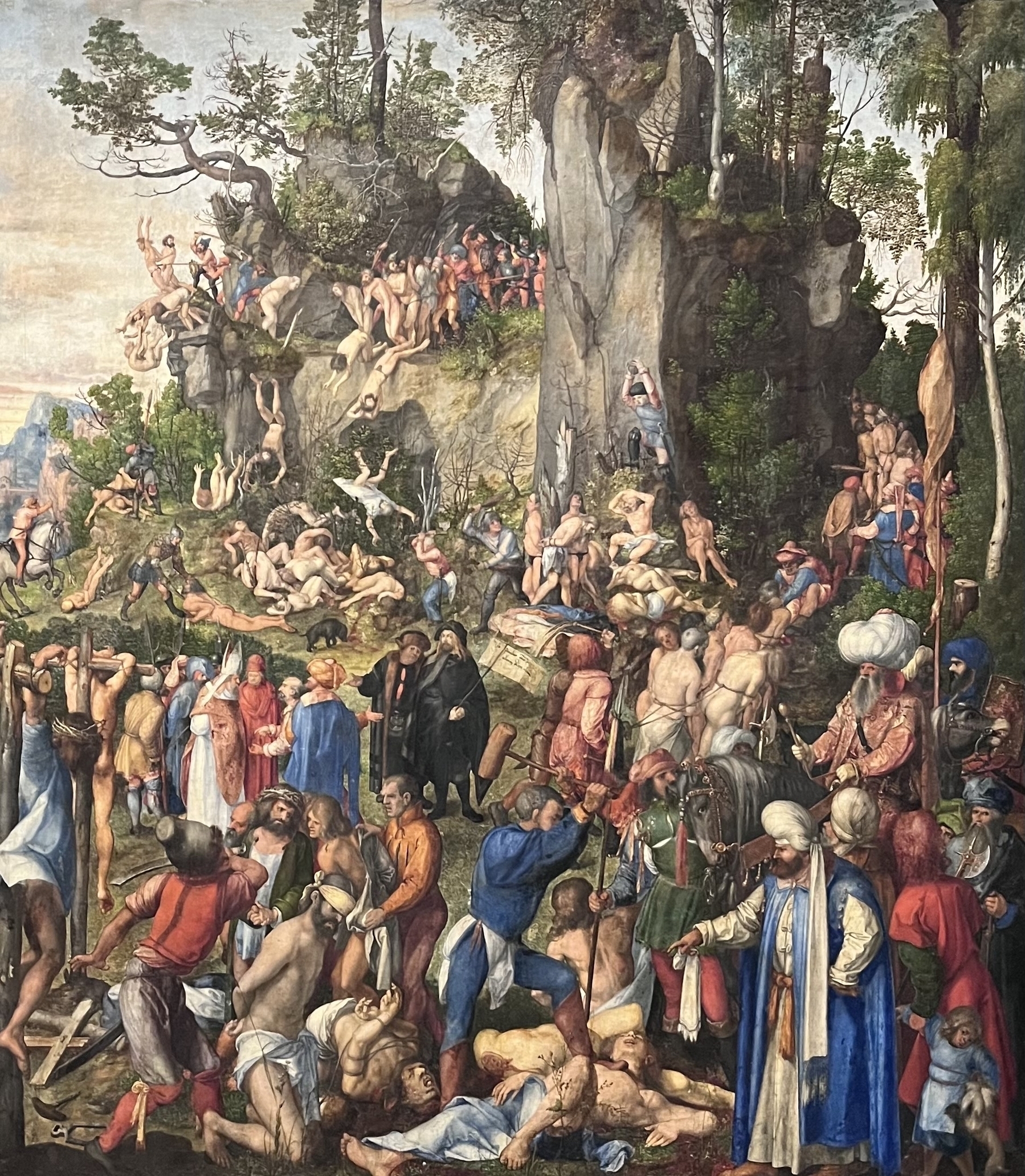
Old Man (1651) by Govaert Flinck, KHM, Vienna.
